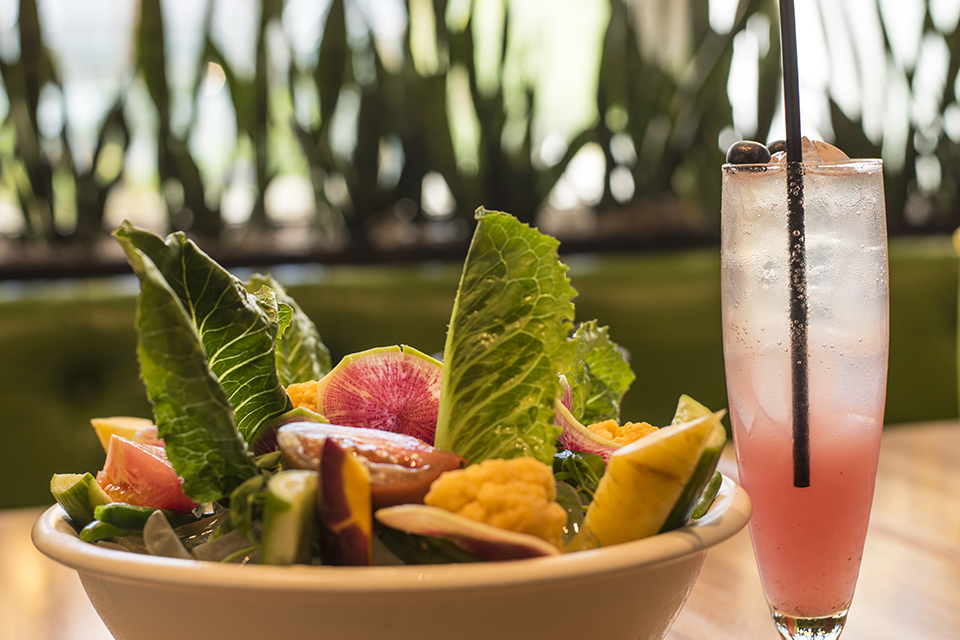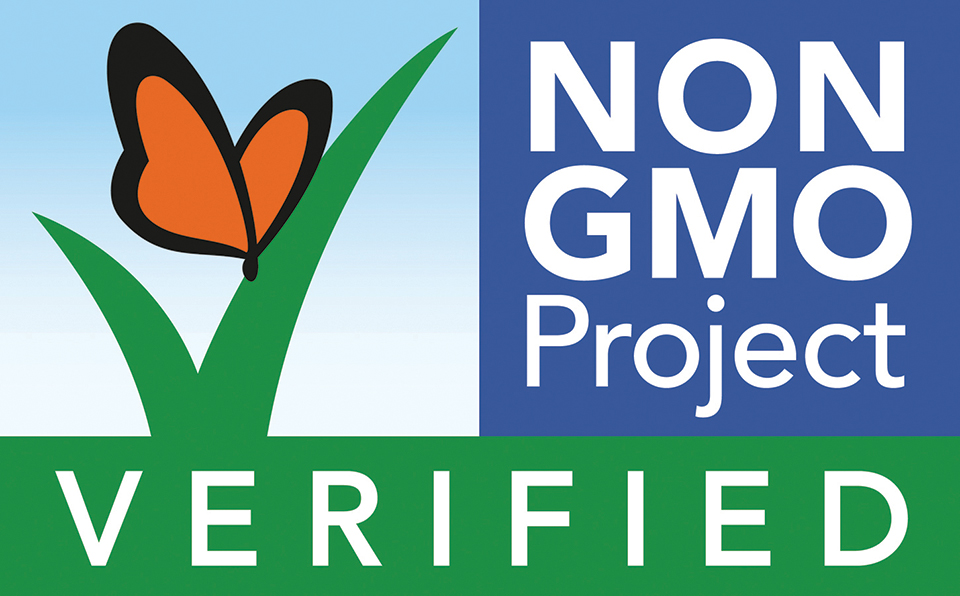Labels, Decoded

You go to the grocery store, and a snack with an “organic” label catches your eye. From what we know, organic is a good thing, right? Unfortunately, this is only half true. The myriad of food labels plastered on packaging can make clean eating more confusing than it should be. And with a diverse group of auditors and regulations, some questionable practices allow foods to slip through the cracks with a friendly–yet misleading–stamp on it. Let’s break it down:
Unnecessary Ingredients
Grassfed: There are 2 popular “Grass-fed” labels, the American Grassfed label and the Grassfed USDA Process Verified label.
The “American Grassfed” label represents animals that were grass-fed throughout their entire lives. These animals have access to pasture when weather permits, in which case if it doesn’t, they are given a grass-based meal. This label also represents meat that is free of antibiotics, growth hormones, and certain parasiticides. This label is verified by the American Grassfed Association, independently, who inspects farms annually.
The “Grassfed USDA Process Verified” label is given when animals are fed grass, hay, silage (grass stored in airtight conditions in a silo), or other non-grain crops such as legumes and cereal grain crops in the vegetative state, throughout their entire life. The animals are never purposefully fed grain, yet if they are exposed to non-‘standard’ food, the farmer must simply document the case and decertification is not necessary. These animals may be confined or treated with antibiotics and growth hormones. They may also be fed milk, prior to weaning.
Note: The USDA allows producers to make the "grassfed" claim without verification. If the statement "USDA Process Verified" accompanies the "grassfed" claim, then the USDA has verified the claim through an audit.
Grain-finished – The animal was raised on grass, then fattened with grain.
Vegetarian fed – The animals weren’t fed other animals. The animal never went outside (if it did, it might have consumed another animal).
Free-range: The “free-range” labels simply tell consumers that birds were not in cages while they were raised. The USDA has defined free-range or free-roaming for poultry products, but for eggs and all other animals, there is no regulated standard. In addition, free-range represents that the bird was able to roam freely outdoors for a period of time every day. The catch? The USDA believes that five minutes of open-air access each day is sufficient enough to claim “freerange”.
Keep reading for more food label lessons!
Farm-Raised versus Wild Caught
Wild-caught labels represent that fish are caught in their natural environments by a fisherman. Farm-raised fish are grown in pens that are often submerged in ponds, lakes and saltwater. Farm-raised fish have been shown to have PCBs (a potentially carcinogenic chemical) and at times, antibiotics and pesticides. However, fish farming has been useful to prevent “over-fishing”.
Consumer Reports found that 56% of salmon labeled as “wild caught” were actually farmed. If it’s not labeled “wild,” it’s farmed and the country of origin labeling has little to do with the actual ocean it was caught in.
American Humane Certified
This label represents animals that have been raised for meat, eggs, or dairy and treated in a ‘humane’ manner. It is regulated by a third-party auditing group to guarantee the animals are “free from pain and unnecessary stress.” This label does not, however, require that animals grow up with access to the outdoors and it does not prevent physical alterations such as teeth filing, tail docking, or beak trimmings. Plus, producers do not have to meet 100 percent of the standards to be certified, they simply need to score at least 85 percent.
Organic
The “organic” label is to products like beards are to hipsters. It’s cool-looking and everyone wants one, but no one knows why. The organic label is regulated by the USDA and tells us that products were not created with synthetic materials such as pesticides, fertilizers, artificial growth hormones, antibiotics, sewage sludge, genetically modified crops, food additives, artificial processing aids, and irradiation. Sounds pretty great, but not all organic labels mean the same thing.
100% Organic: When 100 percent of the ingredients are organic. Nice!
Organic: When at least 95 percent of the ingredients are organic. Up to five percent of the product can consist of inorganic agricultural materials or artificial ingredients, which have been approved for a five-year period by the USDA. Non-organic products are deemed necessary to the organic product’s production however, and apparently won’t harm the consumer’s health. So, if the texture feels ‘recreated’ or the color glows in the dark, it still could be labeled “organic.”
“Made With Organic"
This label tells us that 70 percent of the ingredients are certified organic. The other 30 percent of the ingredients come from the same list of approved USDA products that are considered necessary to the product’s production.
THE GOOD: The extra ingredients claimed as inorganic cannot be genetically engineered, produced with sewage sludge, or irradiated. Phew!
THE NOT-SO-GOOD: The organic label does not guarantee that animals are grass-fed, humanely treated, free to roam pastures, or that fair trade was practiced. It also does not necessarily mean that the food is healthy, low sugar, or unprocessed.
Keep reading for more food label lessons!
Natural
Natural sounds nice, right? Well, by definition it’s great. It could represent foods that are produced without use of chemical fertilizers, synthetic pesticides, genetically engineered crops, chemical processing aids, and artificial ingredients. However, the good stops there; unfortunately there is no verification, enforcement, or certification process for this label. In fact, each company that uses the word “natural” can develop their own definition of natural, leaving a lot of “natural”foods in the marketplace that actually contain not-so-natural ingredients. The USDA has the capability of holding manufacturers accountable to the proper use of the word “natural,” but there is no verification process in place.
Kosher
The “kosher” label represents products that have been inspected by a rabbi and are certified to accommodate Jewish dietary guidelines. These foods cannot be processed on equipment that handled pork. Rabbis inspect the food for lesions and imperfections during a unique slaughter, unlike the traditional automated slaughter used in the livestock industry. There are a few very interesting variations of the kosher label which consumers should be aware of. A few examples include “glatt kosher,” signifying that the animal had perfect lungs upon slaughter, and “pareve kosher,” meaning the food is both meat and dairy free.
Non-GMO Project Verified
A “Non-GMO Project Verified” label represents products that have been produced without the intentional use of or contamination of GMOs (Genetically Engineered Ingredients). Products that are at a high-risk of GMO exposure, such as corn and soy, are required annual audits and ingredient laboratory testing. Fun fact: Like some ‘-free’ labels, “GMO-free” assures that products contain levels of GMOs that are less than .5% in foods or dietary supplements, and less than .9% in textiles or cleaning products.
The Non-GMO Project is a non-profit collaboration of manufacturers, retailers, processors, distributors, farmers, seed breeders and consumers. In 2009, Whole Foods Market partnered with the cause to use the Non-GMO Project's Product Verification Program (PVP) in connection with Whole Foods Market's private label products.
Trans Fat-Free
In January of 2006, the FDA required food producers to label their products with a trans fat amount within the nutritional facts list. Currently, .5 grams of trans fats per serving is considered “trans fat-free” or “0 grams”. Producers are able to omit the label if the FDA has approved that the ingredients have .5 grams or less in the product. Therefore, you may not always see trans fats listed on the nutritional facts list. The FDA states that they are taking steps to remove trans fats from the food supply in order to reduce coronary heart disease and prevent thousands of fatal heart attacks each year. Trans fats are formed naturally in the gut of some grazing animals but are also artificially formed with the combination of hydrogen and vegetable oil during food processing to prevent foods from spoiling.
Gluten Free
The “gluten-free” label, issued in 2013 by the FDA, represents foods that contain a gluten content below the limit of 20 parts per million. This value is the lowest level that can be detected in foods using scientific methods. Gluten-free may also be labeled as “free of gluten”, “no gluten”, or “without gluten”. For consumers with celiacs disease, heads-up: The FDA states that manufacturers may include the logo of a gluten-free certification program on their food labels, provided that its use is truthful and not misleading. Have no fear, the FDA is looking out for you by routinely sampling and inspecting gluten levels within products.
Contains: Soy, Milk, Nuts, Etc..
Back in 2004, the Food Allergen Labeling and Consumer Protection Act passed a law that requires labels to clearly identify the food source names of all ingredients that are of the eight most common food allergens (soy, eggs, wheat, nuts, milk, fish, shellfish, and tree nuts). Think about this: before relabeling was required in 2006, these allergens may not have been listed as obviously as they are now. Anyone holding onto 10-year-old Twinkies in their apocalypse emergency food stash? If so, check out those labels!
100% Whole Grain
Regulated by the Whole Grains Council, a whole grain stamp tells us whether or not the grain within the product is 100 percent whole or otherwise, refined. It is classified two ways.
The first includes the label “100%” within the stamp. This represents a product with a minimum of 16 grams of non-refined, 100 percent whole grains per serving. The second is considered “basic.” It displays the words “whole grain” within the stamp and represents products that may contain other refined grains such as flours, germ, or bran.
.jpg)







